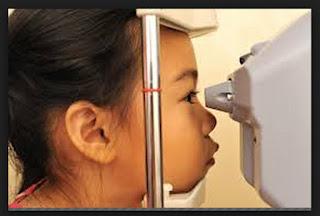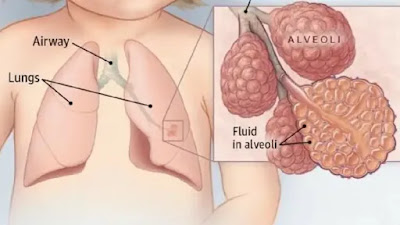Potential uses of screening in the care of school –age children and adolescents
Problems of growth and development, including physical,
neurological, mental, and psychosocial development.
Why .to detect
children who are not thriving and developing normally and refer them for further evaluation and
follow –up . follow –up does not necessarily require the services of highly
specialized personnel. It may include community based interventions at the
primary care level, e.g.,special attention from teacher and families to
minimize learning difficulties or deal with emotional problems affecting
development.
Who . all school
age children and adolescents.
How and when. All
sources agree on the importance of monitoring growth and development at the
time of school entrance ( around the age of 5-6years ) . preschool records should
be reviewed at that time. The united kingdom child health surveillance
programme recommends checking and recording height on a centile chart on school
entrance, with further checks during the school years only if a particular
concern arises, physical examination should be carried out only if there is a
specific reason for concern. The Canadian task force recommended checking
height, weight, and head, arm, and chest circumferences on school entrance and
once more around the ages of 10-11years . however, this was primarily for
screening for hormonal problems, which may be too rare, and whose definitive
diagnosis and treatment may be too expensive, to warrant high priority for
inclusion in routine screening in a primary health care context.
Who has produced guidelines on the monitoring of physical
growth and development in developing countries (who, 1986,c). the home-based
child s record is an excellent tool for the monitoring of growth and
development throughout the school years by trained primary care personnel.
It is to be hoped that children with nutritional problems
will have been identified during infancy and the preschool year and will
already be under special surveillance. It would therefore seem rational for
mass screening to check and record heights and weights (if scales are available
)to be carried out at school entrance and for measurements to be repeated only
if there are grounds for concern. Locally appropriate standards can be used but
the greatest emphasis should be placed on detecting the child who is not
growing at an adequate rate according to her or his own baseline, rather than
those who do not conform to absolute norms of height or weight . primary care
workers or teachers should be able to carry out such screening with proper
training. Because problems of physical growth related to nutritional status
would be expected to be more prevalent in poorer countries, more frequent
screening may be desirable In these countries; this should, however, be done
only if there are resources not only for screening but for effective
intervention. For exposure may be more worth while than efforts to identify all
those affected, whose antiparasitic treatment would have only a transient
effect at best (tanner et al .,1987)
The Canadian task force recommended mass screening for
behavioural and developmental problems on school entrance, with further
screening in school age children if warranted by earlier assessments the UK
working party was not In favour of formal screening for psychiatric or
behavioural problems. Both groups recommended enquiry about sources of concern
to parents as the mechanism for screening psychosocial development on school
entrance. Language use, motor skills ,and social interaction of children
starting school should be routinely assessed by health workers or teachers.
Many children s preschool health records specify developmental milestones and
can thus guide assessment. Once children enter school , their school
performance should indicate their mental development and point to any behavioural
or learning disorders. Teachers should be trained to assess psychosocial
development as a part of routine periodic assessment of children. In addition,
during each visit for routine care, parents should be asked about any aspect of
their child s psychosocial, as well as physical, development that is causing
them concern ; this fits an early detection model.
Resource levels
requires. Low for initial detection by teachers or primary care workers;
medium or high for definitive diagnosis. Low, medium, high , or very high for
intervention, depending on the nature of the problem. Some problems may be
addressed by providing additional psychosocial or economic support for the
family or food supplements for the child.
Recommendation on
screening early detection . screening of overall development recommended in
school entrance, with further assessments if concern is expressed by teachers
or parents .the routine formal growth monitoring or developmental testing of
school age children is not re commended as a priority. Resources are better
spent on primary prevention by promoting education and the status of women, as
well as training teachers to detect potential problems of development at an
early stage and make appropriate referrals.
Research priority. To
develop accurate inexpensive ways for primary care workers or teachers to
assess problems of overall physical and
psychosocial development and address such problems, making optimum use of the
resources locally available.


